Jagged limestone cliffs plummet into the luminescent waters that reflect from the burning sun. All you can see for miles is untouched, rocky terrain that contrasts effortlessly between the blue hues of ocean and sky. There’s no buildings, no hotels, and definitely no tourists to detract from this captivating view. Just a naturally stunning oasis that few decide to venture to.
This picture I’m painting is of Sardinia, a small island that floats off of Italy’s coastline. While I could go on and on about how breathtaking this island truly is, I want to spend most of my time today telling you how to plan a trip of your own. But really, after seeing just a few photos, you’ll be packing up your bags and heading to this off-the-beaten paradise yourself.
This Sardinia guide is going to tell you everything you need to know about visiting this Italian Island. Hopefully, by the end of this article, you’ll have all the info needed to plan your very own trip to Italy’s best-kept secret!
Top Recommendations For Traveling to Sardinia
Rent a car: If you are planning on traveling to Sardinia, make sure you rent a car at the airport. While they do have a few buses and trains, they are very limited. Distances are also very far from one point to another so you’ll want to have your own transportation just out of convenience. Also, it’s really the only way you’ll be able to go to the secluded coves and wineries (will touch more on this later!)
Do your research: Unlike other places in Italy, Sardinia still slides under the radar when it comes to tourism. The island is a hot destination for other Italians and Europeans during the month of August, but it seems that it has not gained the same traction compared to other nearby Mediterranean islands. While this is a huge selling point for me, it’s also important to note that it may take a little more research and planning before you go. You also want to book your accommodations, boat tours, and car rental before you get there, especially during the crowded summer months when things tend to sell out.
Explore the island by boat: One of the best days we experienced by far was when we went on a boat tour with Fuorirotta Escursioni Charter. This was an all-day tour that took us to three different beaches that could only be accessed by sea. Some of these coves that the boat took us to were the best on the entire island. Along the way, you get to see the rugged landscape of the Sardinian Coast and pass a number of smaller coves. If you are in a group and feel comfortable driving, I also suggest renting a private boat one day yourself. If I had more time on the island, I would have loved to do the boat tour one day and then rented our own Dingy the next to revisit my favorite spots and explore new ones along the way.
Be prepared with the language barrier: If you’ve visited Rome or Florence, you already know how easy it is to get by with only speaking English. However, Sardinia is not the same case. In fact, I ended up switching to Spanish most of the time because it’s closer to Italian than English. While this shouldn’t deter you from going, it’s just something to know so you’re prepared.
Read The Blue Zones before you go: Now this isn’t a requirement, but I highly suggest it. The Blue Zones is a book about small communities throughout the world that have the highest longevity rate. It interviews individuals from these communities and highlights the main factors that they believe contribute to their long life expectancy. So, how does this relate to Sardinia? Well, it just so happens that the very first chapter is on the mountainous villages in the middle of the island. So, if you’re interested in health and travel and want to get to know more about the inhabitants and way of life, I highly suggest picking up this book and at least reading the first chapter.
Where to Stay in Sardinia
Since we were only in Sardinia for 5 days, I didn’t have time to see the entire island. We ended up spending all of our time in a smaller seaside village and still had plenty of things to do throughout our stay.
If you want to get out of the crowded city of Cagliari, I suggest heading to Santa Maria Navarrese as your home base. Santa Maria Navarrese is located on the eastern side of the island and is known for being home to some of the most beautiful beaches on the island. It was also centrally-located for this region which made it easier to get to nearby towns. For being a smaller town, it still had plenty of dining options and places to see in the area. Other possible options in this region are Arbitrax or Tórtoli. However, after visiting both places, I still suggest staying in Santa Maria Navarrese if you want to get off the beaten path but still have the convenience of stores and restaurants.
There are certain zones that boast 5-star hotels and classy accommodations, Santa Maria Navarrese is not one of those spots. It’s quaint, charming, and unapologetically simple- the kind of place where every morning you get your cappuccino and croissant from the same local Italian man across the street. During our time here, we rented an apartment from a German named Mario. Although he didn’t speak English, we were able to communicate by switching to Spanish and using lots of hand motions. On our first day there, he came over to our apartment with a basket of fresh cherry tomatoes and zucchini that he had just picked from his garden. Now, this is more of the kind of experience you can expect from this town. If you are looking for boujee, go to the west side.
Wineries
Olianas: tucked away in the middle of vineyards and wheat fields is the Olianas Winery. Although it is a two-hour drive from where we stayed, it was well worth the trek. The women working there gave us a personal tour of the entire property, explained their unique wine making process, and served us three of their wine varieties alongside local olive oil, cured meats, and the island’s famous goat cheese. As you drive through rolling hilltops of wheat fields and pastures, you’ll also hit pockets of small, colorful villages adorned with matching colored flags lining the streets. Each village is quaint but equally charming and unique. During the wineries’ busier season of September (harvest time), they even offer outdoor cooking classes in a beautiful kitchen overlooking their vineyards.
Cantina Sa Pruna: If you want to see some beautiful views of the vineyards and the surrounding mountains, head on over to the mountain region of Jerzu. Here you’ll be able to visit several wineries within the same day. One of the first places we went to in this area was Cantina Sa Pruna. This quaint family-run winery is simple yet authentic and offered a very different experience compared to your traditional wine-tasting. As we approached, we were quickly welcomed by the winemaker himself as well as his wife and nephew. We sat on their couch and they poured us a few of their classic wines. As I said, it was not your traditional experience but it was still memorable nonetheless.
Beaches to Visit in Sardinia
- Cala Gonone
- Cala Luna
- Cala Sisine
- Cala Mariolu
- Cala Goloritze
- Cala Sinzias
So there you have it. This guide will be a good starting point for you as you plan your trip to Sardinia. In my opinion, Sardinia was a trip I would love to repeat in the future. It still has an underrated vibe that can be hard to find these days in Europe, which is something I’m constantly looking for while going on my travels.
Also wanted to dedicated this blog post to my parents for taking me on such an incredible trip! It’s not every day I get to travel with my family and I’m so thankful that I was able to share these memories with the two of you 🙂
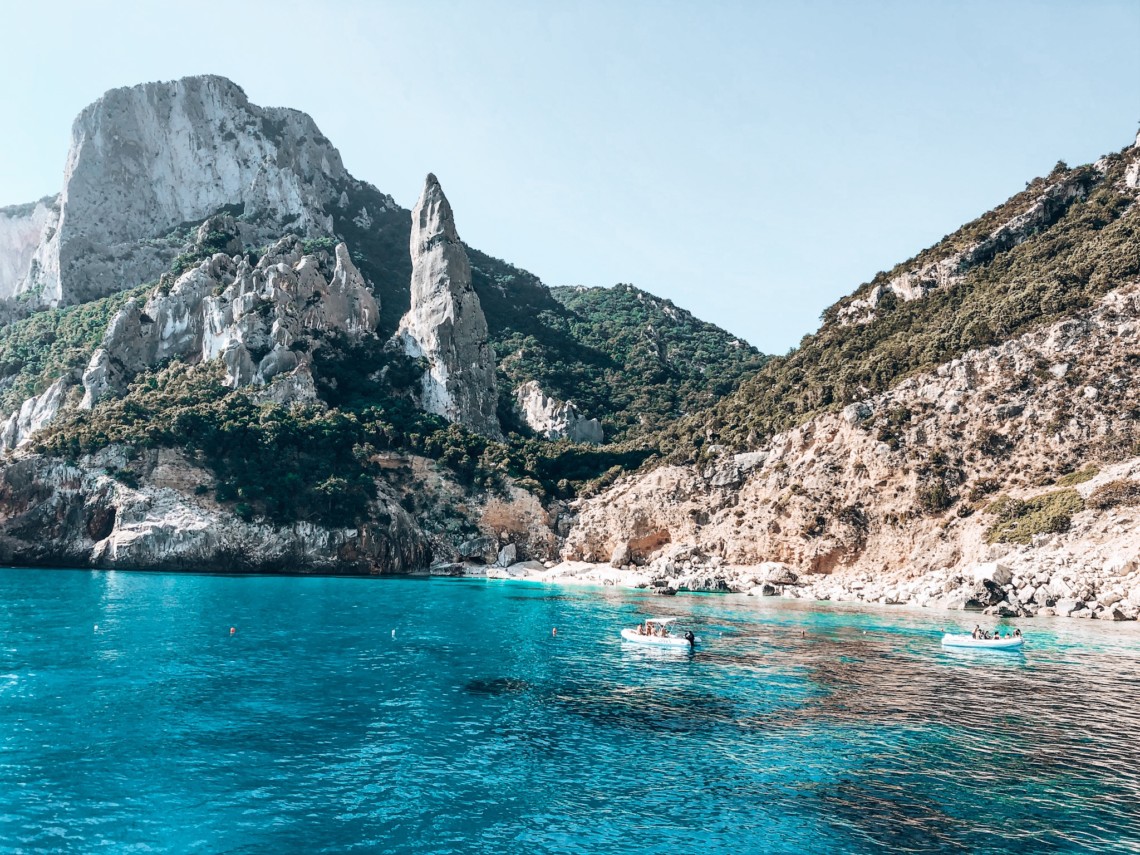
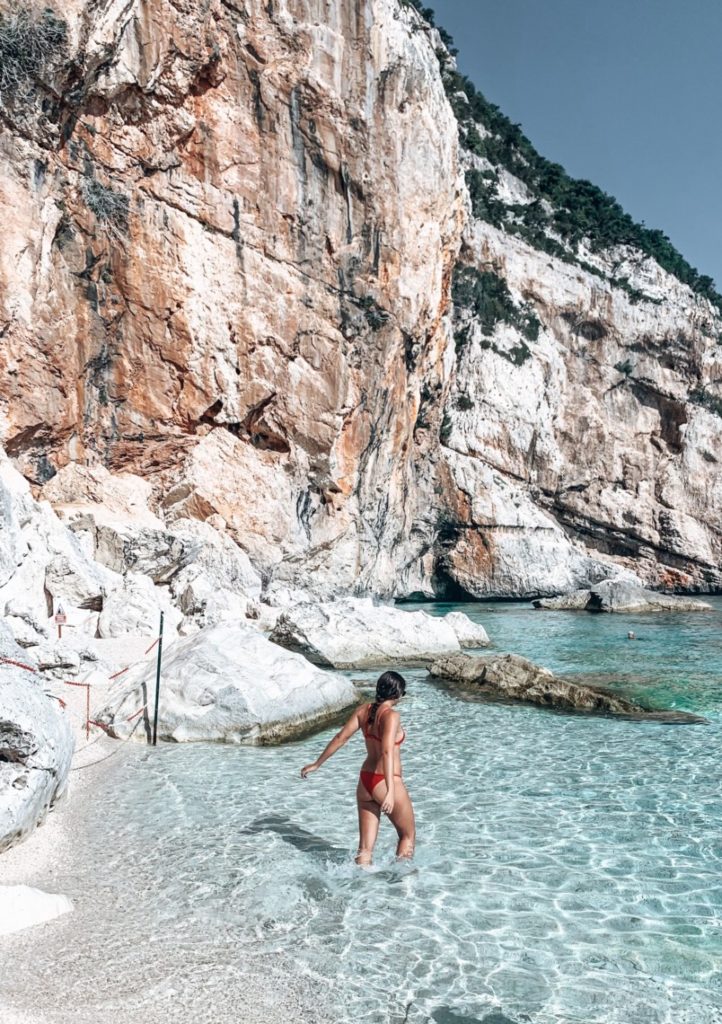
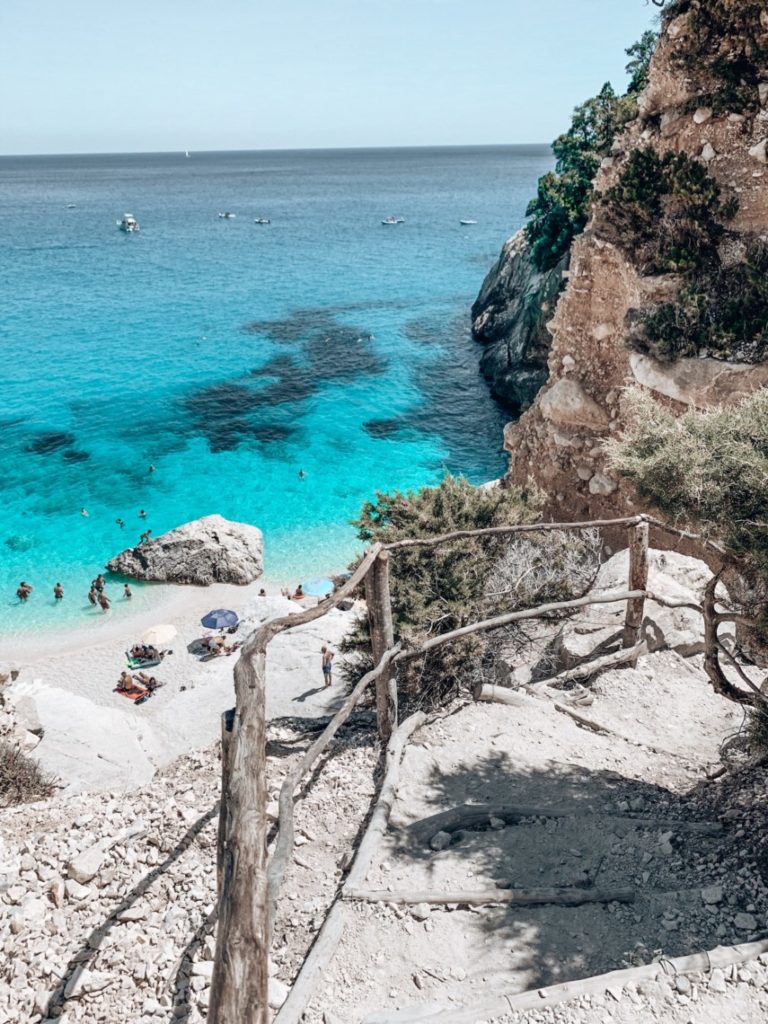
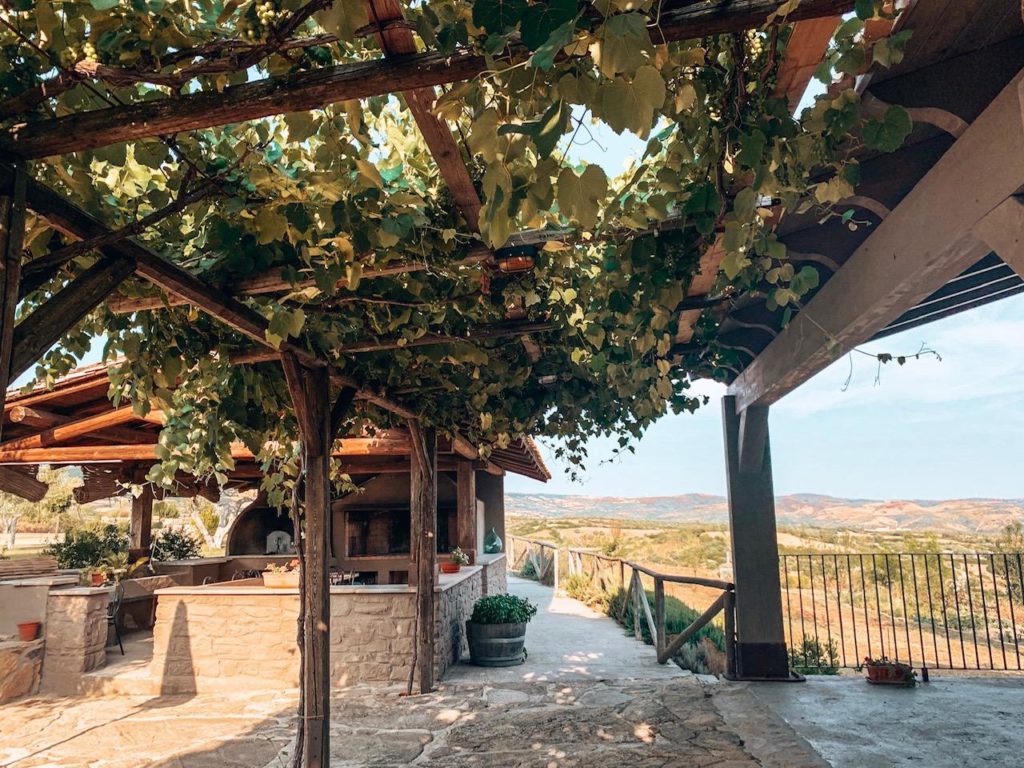
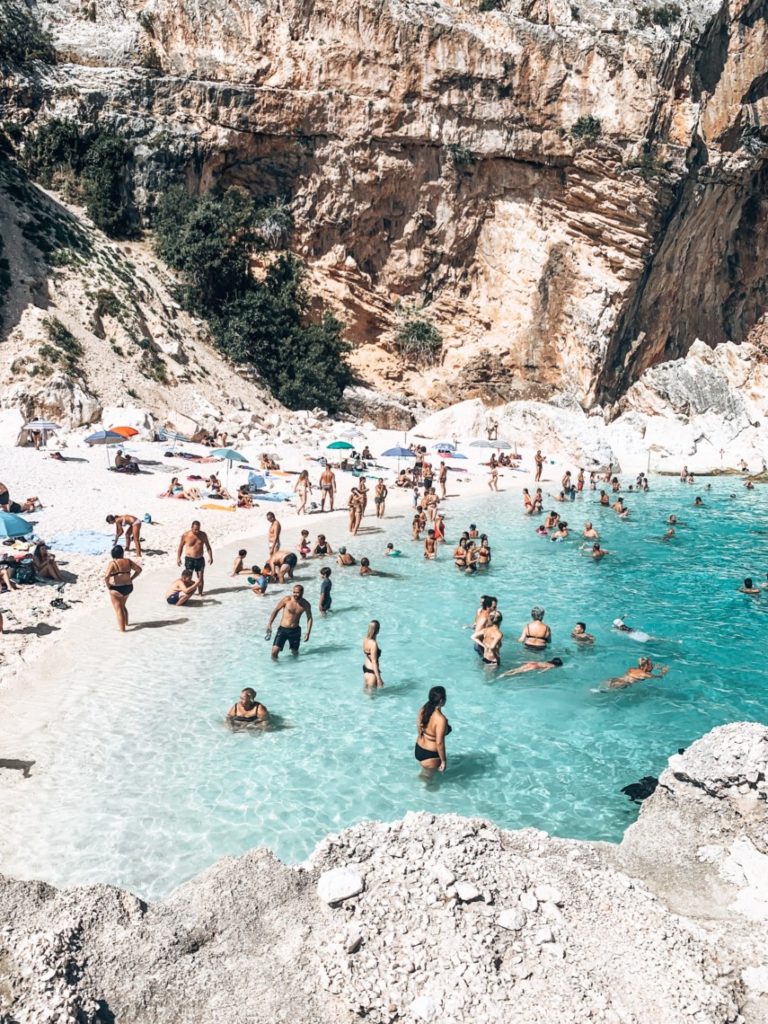

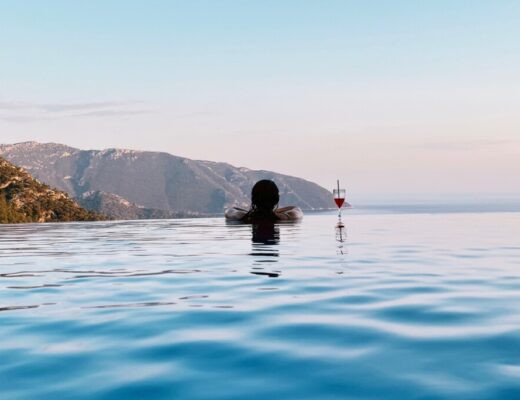
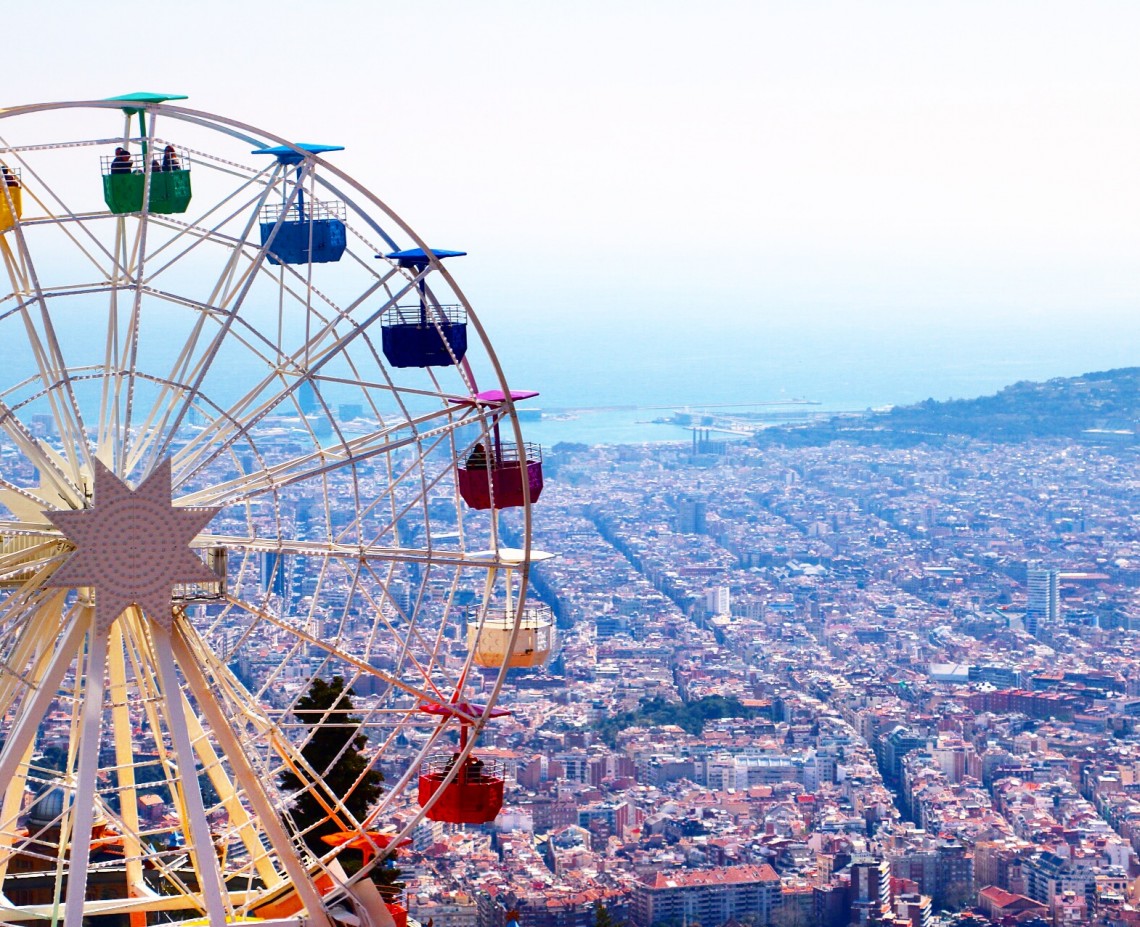
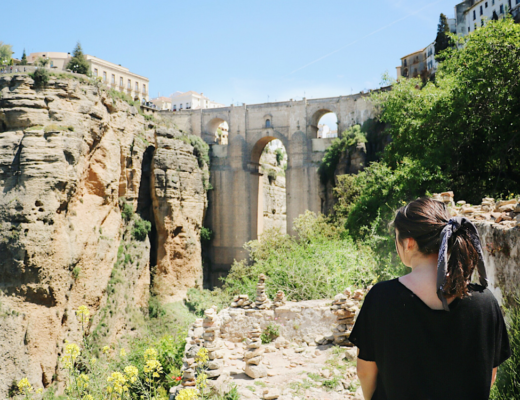
No Comments